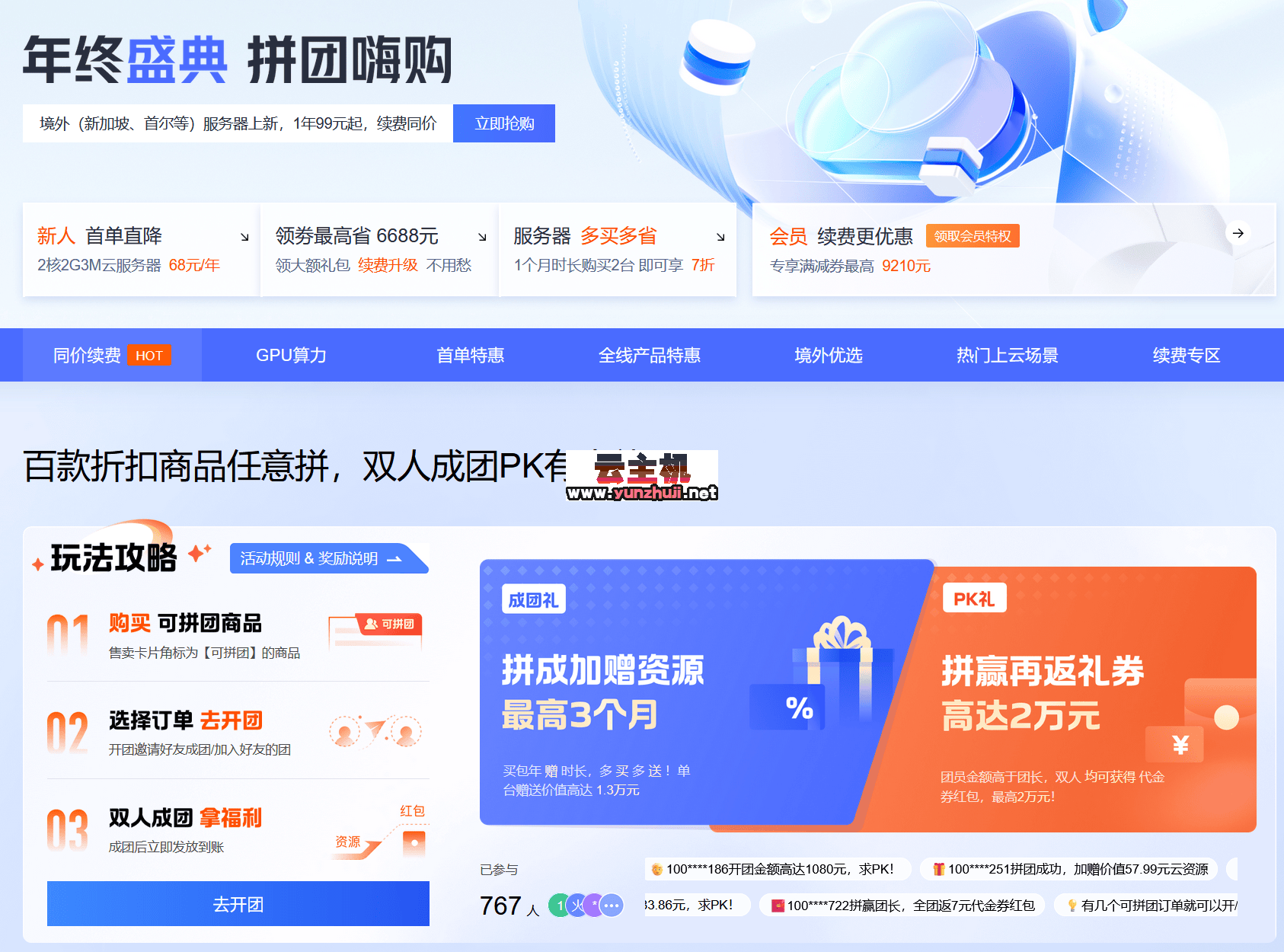Dialog类并结合WindowManager.LayoutParams来动态调整大小。首先创建一个新的Dialog实例,然后通过设置dialog.getWindow().setLayout(width, height)中的宽度和高度参数为ViewGroup.LayoutParams.MATCH_PARENT,使得弹窗能够根据不同设备的屏幕尺寸自动调整其大小。还可以利用Window对象的方法如setGravity()来控制弹窗在屏幕上的位置。 Android实现自适应屏幕的弹窗广告
在Android应用开发中,为了提升用户体验和增加应用的收入,开发者常常需要展示各种形式的广告,弹窗广告是一种常见且有效的广告形式,不同设备的屏幕尺寸和分辨率差异较大,因此如何实现一个自适应屏幕的弹窗广告显得尤为重要,本文将详细介绍如何在Android中实现一个自适应屏幕的弹窗广告。
1. 准备工作
1 添加依赖
需要在项目的build.gradle文件中添加广告SDK的依赖,以Google AdMob为例,添加以下依赖:
implementation 'com.google.android.gms:play-services-ads:20.5.0'
2 配置广告单元ID
在AdMob控制台中创建一个广告单元,并获取其ID,在res/values/strings.xml中添加该ID:
<string name="banner_ad_unit_id">ca-app-pub-XXXXXXXXXXXXXXXX~YYYYYYYYYY</string>
2. 创建布局文件
创建一个自定义的布局文件res/layout/custom_ad_dialog.xml,用于定义弹窗广告的外观,确保布局能够适应不同的屏幕尺寸。
<?xml version="1.0" encoding="utf-8"?>
<LinearLayout xmlns:android="http://schemas.android.com/apk/res/android"
android:layout_width="match_parent"
android:layout_height="wrap_content"
android:orientation="vertical"
android:padding="16dp">
<com.google.android.gms.ads.AdView
android:id="@+id/adView"
android:layout_width="match_parent"
android:layout_height="wrap_content"
ads:adSize="BANNER"
ads:adUnitId="@string/banner_ad_unit_id"/>
</LinearLayout> 3. 创建弹窗广告类
创建一个类CustomAdDialog,用于显示和管理弹窗广告。
import android.app.Activity;
import android.app.Dialog;
import android.content.Context;
import android.os.Bundle;
import android.view.Window;
import com.google.android.gms.ads.AdRequest;
import com.google.android.gms.ads.AdSize;
import com.google.android.gms.ads.AdView;
import com.google.android.gms.ads.MobileAds;
public class CustomAdDialog extends Dialog {
private AdView adView;
public CustomAdDialog(Context context) {
super(context);
requestWindowFeature(Window.FEATURE_NO_TITLE); // Remove the title bar
}
@Override
protected void onCreate(Bundle savedInstanceState) {
super.onCreate(savedInstanceState);
setContentView(R.layout.custom_ad_dialog);
// Initialize the Mobile Ads SDK
MobileAds.initialize(getContext());
// Load the banner ad into the AdView
adView = findViewById(R.id.adView);
AdRequest adRequest = new AdRequest.Builder().build();
adView.loadAd(adRequest);
}
} 4. 显示弹窗广告
在需要显示弹窗广告的地方,创建并显示CustomAdDialog实例,在一个Activity中:
import android.os.Bundle;
import androidx.appcompat.app.AppCompatActivity;
public class MainActivity extends AppCompatActivity {
@Override
protected void onCreate(Bundle savedInstanceState) {
super.onCreate(savedInstanceState);
setContentView(R.layout.activity_main);
// Show the custom ad dialog after a delay (e.g., 3 seconds)
new android.os.Handler().postDelayed(new Runnable() {
@Override
public void run() {
CustomAdDialog adDialog = new CustomAdDialog(MainActivity.this);
adDialog.show();
}
}, 3000); // 3000 milliseconds = 3 seconds
}
} 5. 确保适配不同屏幕尺寸
为了确保弹窗广告在不同屏幕尺寸上都能良好显示,可以在布局文件中使用相对布局参数(如match_parent和wrap_content),并在代码中使用适当的测量方法,还可以根据设备屏幕尺寸动态调整广告的大小。
DisplayMetrics displayMetrics = getResources().getDisplayMetrics(); int width = displayMetrics.widthPixels; int height = displayMetrics.heightPixels; adView.setAdSize(new AdSize(width, height / 10)); // Example: Set the ad size to 10% of screen height
6. 处理用户交互
为了提高用户体验,可以添加关闭按钮或设置点击外部区域关闭弹窗的功能,修改custom_ad_dialog.xml布局文件,添加一个关闭按钮:
<LinearLayout ... >
...
<Button
android:id="@+id/closeButton"
android:layout_width="wrap_content"
android:layout_height="wrap_content"
android:text="Close" />
</LinearLayout> 在CustomAdDialog类中处理关闭按钮的点击事件:
@Override
protected void onCreate(Bundle savedInstanceState) {
super.onCreate(savedInstanceState);
setContentView(R.layout.custom_ad_dialog);
...
Button closeButton = findViewById(R.id.closeButton);
closeButton.setOnClickListener(new View.OnClickListener() {
@Override
public void onClick(View v) {
dismiss(); // Close the dialog when the button is clicked
}
});
} 可以设置点击对话框外部区域关闭弹窗的功能:
@Override
public boolean onTouchEvent(MotionEvent event) {
if (event.getAction() == MotionEvent.ACTION_DOWN) {
dismiss(); // Close the dialog when touching outside the dialog area
return true;
}
return super.onTouchEvent(event);
} 通过以上步骤,我们实现了一个自适应屏幕的弹窗广告,关键在于合理设计布局文件,使用相对布局参数,并在代码中动态调整广告大小,通过添加关闭按钮和设置点击外部区域关闭功能,提高了用户体验,希望本文对你有所帮助!
各位小伙伴们,我刚刚为大家分享了有关“Android实现自适应屏幕的弹窗广告”的知识,希望对你们有所帮助。如果您还有其他相关问题需要解决,欢迎随时提出哦!

 云主机测评网
云主机测评网














最新评论
本站CDN与莫名CDN同款、亚太CDN、速度还不错,值得推荐。
感谢推荐我们公司产品、有什么活动会第一时间公布!
我在用这类站群服务器、还可以. 用很多年了。